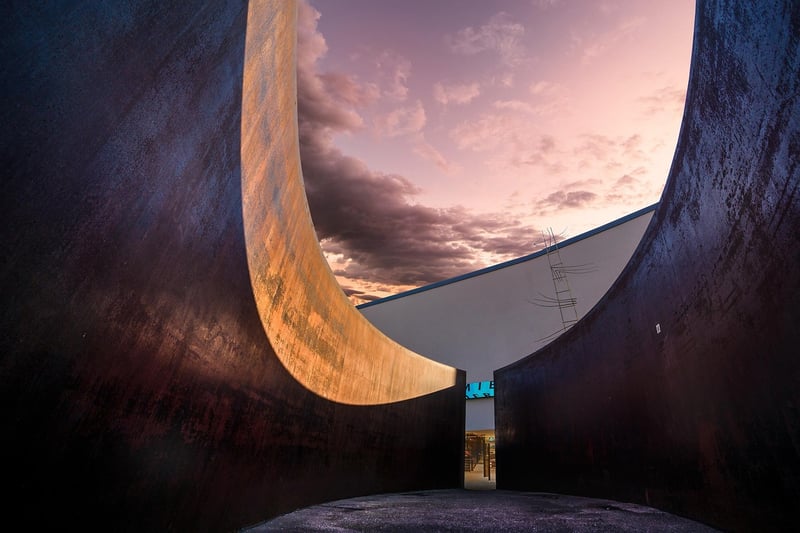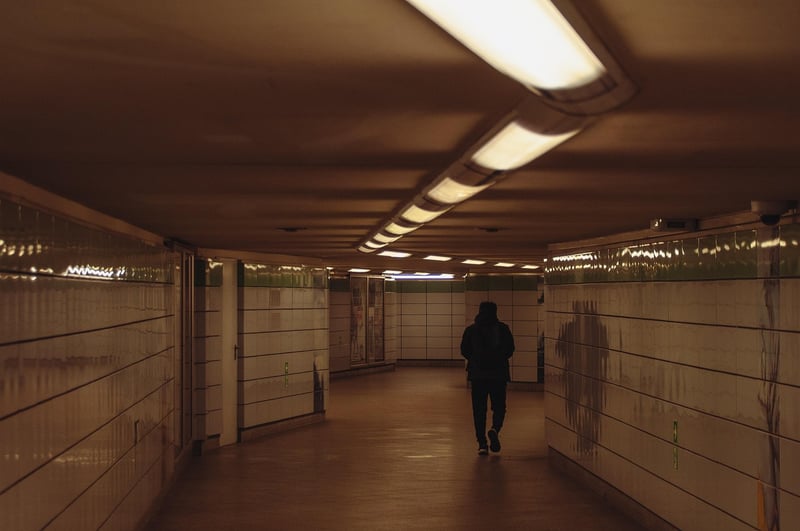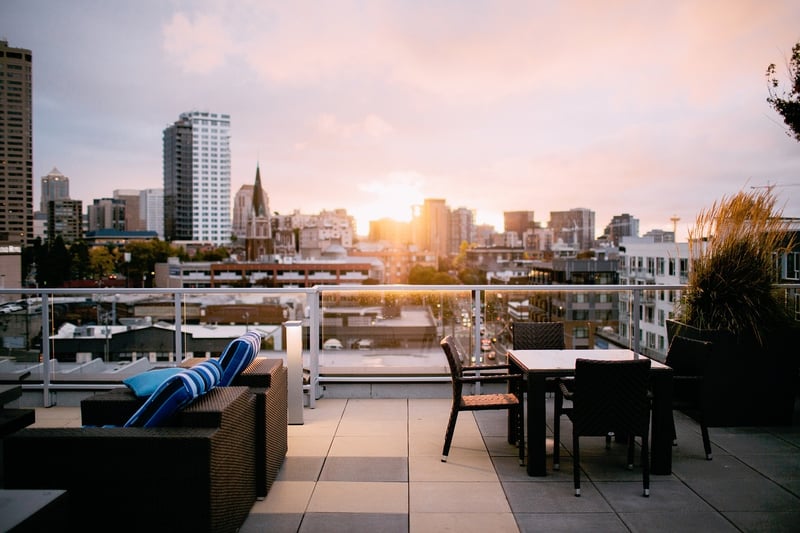Rooftop Oasis
Transforming Urban Areas into Lush Environments with Rooftop Oases

Urban areas are often characterized by concrete jungles with limited green spaces, but there is a growing trend towards transforming these spaces into lush environments that benefit both people and the planet. One innovative way to achieve this is by creating rooftop oases, which not only add beauty to the cityscape but also provide numerous environmental and social advantages.
The Benefits of Rooftop Oases
- Improved Air Quality: Rooftop gardens help reduce air pollution by capturing carbon dioxide and releasing oxygen, creating a healthier environment for city dwellers.
- Urban Heat Island Mitigation: Green spaces on rooftops can help lower temperatures in urban areas, reducing the heat island effect and decreasing energy consumption for cooling.
- Biodiversity and Habitat Creation: Rooftop oases provide habitats for birds, insects, and other wildlife, increasing urban biodiversity and supporting local ecosystems.
- Stormwater Management: Green roofs can absorb rainwater, reducing runoff and alleviating pressure on urban drainage systems during heavy rainfall events.
- Community Spaces: Rooftop gardens offer residents a place to relax, socialize, and connect with nature, promoting mental well-being and a sense of community.
How to Create a Rooftop Oasis
- Structural Considerations: Ensure that the building's structure can support the weight of a rooftop garden and provide proper drainage to prevent water damage.
- Plant Selection: Choose a mix of native plants, shrubs, and trees that are well-suited to the local climate and require minimal maintenance.
- Irrigation Systems: Install efficient irrigation systems to ensure that plants receive an adequate amount of water without wastage.
- Access and Amenities: Create pathways, seating areas, and possibly even recreational facilities to make the rooftop oasis inviting and usable for residents.
- Sustainability Practices: Incorporate sustainable practices such as composting, rainwater harvesting, and using organic fertilizers to minimize environmental impact.
By transforming urban areas into lush environments with rooftop oases, cities can enhance their resilience to climate change, improve the quality of life for residents, and create vibrant green spaces that benefit both people and the planet.

Embrace the green revolution and join the movement towards sustainable urban development by incorporating rooftop oases into the fabric of our cities.
References: EPA - Heat Island Effect, ScienceDirect - Green Roofs and Urban Biodiversity
